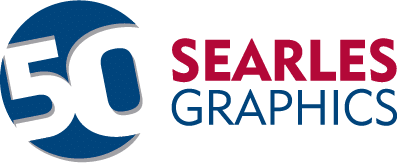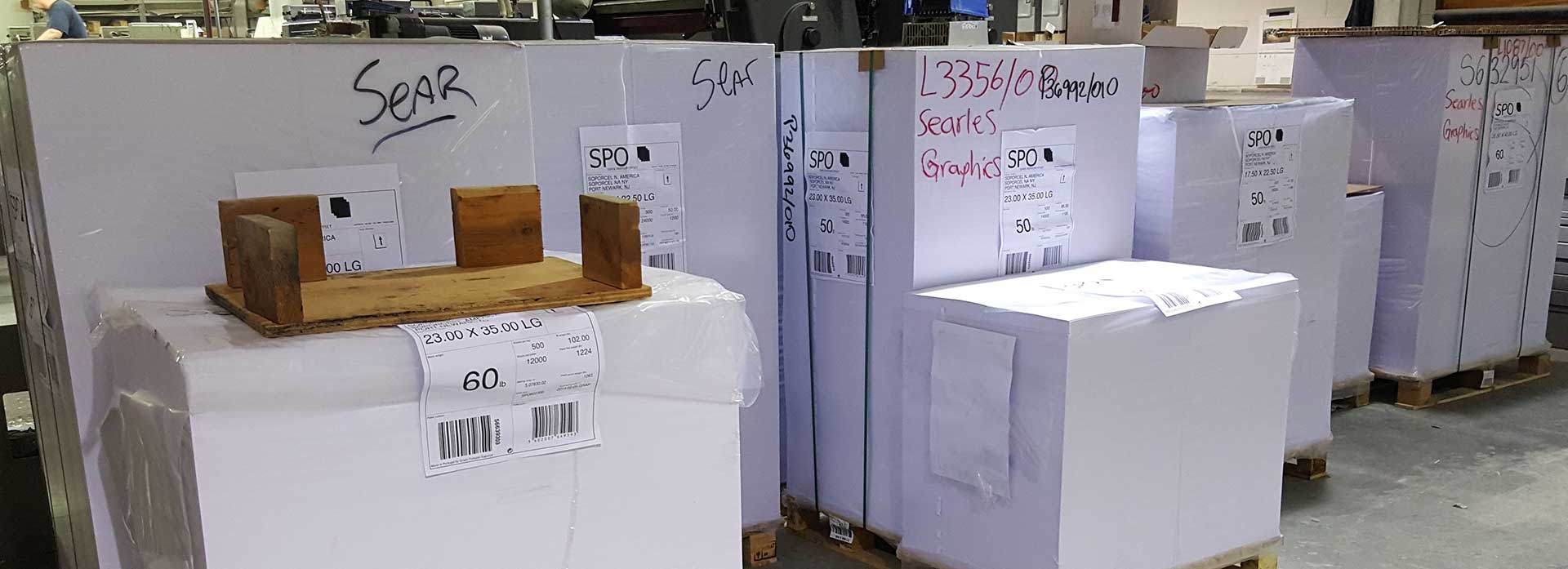If you’re not experienced in buying printing (and even if you are), the terminology we use can be difficult to understand at time. In the past we’ve written about things like saddle-stitching, 4-color printing, offset printing, PMS color matching, digital printing, image resolutions for print, variable data printing, and perfect binding to help give you a better understanding of the basics of print media. But all of these processes would be nothing without the substrate they’re printed on. The stock (paper) you choose for your print job matters a lot and can make or break a commercial print job.
We often hear terms like “thick card stock” or “poster board” but the problem with those terms is that they’re subjective and somewhat meaningless. What we consider thick may not be thick enough for you, and you can make a poster out of just about anything. Like most problems, however, there’s a solution – although it might not be as simple as you’re hoping.
When we talk about paper weights, we’re really talking about is what we call the basis weight of that stock. The basis weight of paper is how much (in pounds) 500 sheets of that particular stock weighs in that paper’s basic sheet size. Pretty simple, right? Well, here’s where things start to get tricky.
For some reason (that was decided well before my time), different types of paper have a different basic sheet size. I’m going to discuss the three that are most common for you to see today (stocks like tag and index are far less common these days so we’re going to leave those out for simplicity).
The three most common types of paper you’ll see or hear about from your printer are bond, text, and cover weights. It should be noted that while bond and offset used to be quite different, these days they’re essentially completely interchangeable and most mills no longer even distinguish between the two, they make one stock and either call it a bond or an offset. However, because they label it one way or the other, we still need to talk about both because the weights are very different depending which way they’ve chosen to label it.
The basic sheet size of bond is 17″ x 22″, text is 25″ x 38″, and cover is 20″ x 26″. The three most common weights of bond are 20 lb., 24 lb., and 28 lb., which correlate exactly to offset (uncoated text) weights of 50 lb., 60 lb., and 70 lb., respectively (i.e. 20 lb. bond = 50 lb. offset). For cover stocks, 60 lb, 65 lb, 80 lb. and 100 lb. tend to be the most common weights. Once you go higher than 100 lb. cover, the weights that are available are very dependent on the actual stock, with values anywhere like 111 lb. (don’t ask me why) and 130 lb.
As if that wasn’t enough to confuse you, here’s where things really get interesting. Although we commonly use weights to indicate a thickness, the weight of the stock doesn’t necessarily correlate to thickness, even within the same category.
One of the questions we get quite often goes something like, “Why is this 80 lb. uncoated cover so much thicker than the 80 lb. coated cover?” This is the inherent problem with specifying a weight when what you really care about is thickness. In this particular instance, the coating on the paper actually adds a lot of weight to the sheet. In order to get 500 sheets of the coated stock to weigh the same as 500 sheets of the uncoated stock, the paper needs to be much thinner.
If what you really care about is the thickness of the paper, a better approach is to specify a thickness, or “point” size (often referred to as the “caliper” when shopping for paper). This is a measurement of how thick the sheet is in thousandths of an inch. So one sheet of a 10 pt. stock measures .01 inches, regardless of it’s basis weight. A 10 pt. stock generally equates to a 100 lb. coated cover, and an 80 lb. uncoated cover. For text weight stocks, the difference between coated and uncoated thickness by basis weight are even greater. A 60 lb. offset sheet is roughly equivalent to a 100 lb. coated text sheet; both around 4.7-4.8 pt.
It’s important to have an understanding of the basics when you buy printing so you have a general sense of what you’re asking for and what you’re going to get. If it’s a brand-critical piece (rather than a cheap instruction set you’re including with your product), it’s even more important to sit down with your commercial printer and discuss what you want so they can provide you with a range of options to meet your needs and your budget. If they can’t do that, then it’s time to find a new printer!


